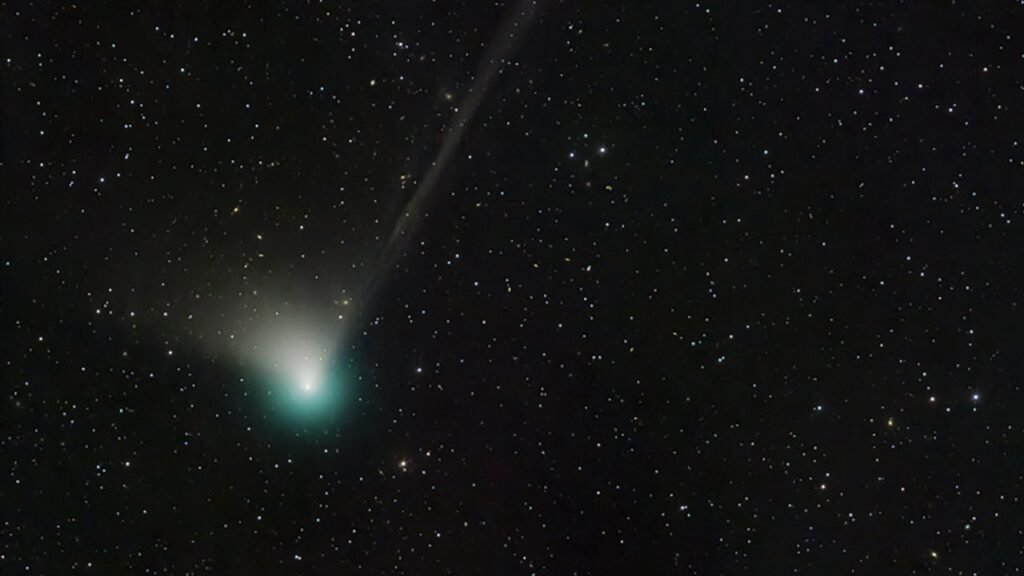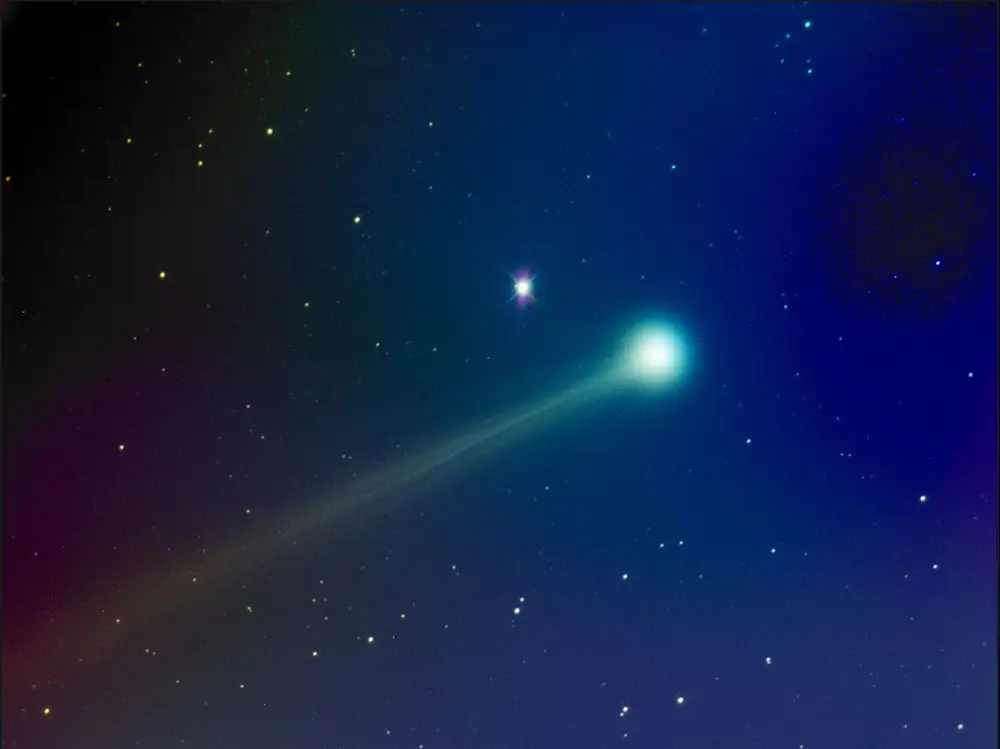Voila! The Green Comet
Sky gazers may spot it on northeastern horizon just before midnight on January 12
A green comet, discovered in March 2022, will soon make an appearance in the night sky for the first time in 50,000 years. The comet will make its closest approach to the sun on January 12, according to NASA.
The comet should be visible through binoculars in the morning sky for sky-watchers in the Northern Hemisphere during most of January and those in the Southern Hemisphere in early February, according to NASA.

The icy celestial object, which has steadily brightened as it approaches the sun, will subsequently make its closest pass of Earth between February 1 and February 2, around 26 million miles (42 million kilometers) away. As the comet nears Earth, observers will be able to spot it near the bright star Polaris aka the North Star, and it should be visible earlier in the evening.
The comet, named C/2022 E3 (ZTF) was discovered by astronomers using the Zwicky Transient Facility’s wide-field survey camera at the Palomar Observatory in San Diego County, California, It is expected to be about 26 million miles from Earth on February 2.
While the green comet is set to pass by Earth for the first time in February since the Stone Age, sky gazers in the Northern Hemisphere may spot it using telescopes and binoculars looking low on the northeastern horizon just before midnight to spot it on January 12.
The comet can be distinguished from stars by its streaking tails of dust and energized particles, as well as the glowing green coma surrounding it. The coma is an envelope that forms around a comet as it passes close to the sun, causing its ice to sublimate, or turn directly to gas. This causes the comet to look fuzzy when observed through telescopes.
tHE Discovered on March 2, 2022
That would be the closest the comet has been to the Earth in 50,000 years. Back then, a period known as the Upper Paleolithic era, was when humans are believed to have left Africa and settled in Asia and Europe, the outlet reported.
The comet has an orbit around the sun that passes through the outer reaches of the solar system. It is why it’s taken such a long journey — and long time — to swing by Earth again, according to The Planetary Society.
“The new long-period comet has brightened substantially and is now sweeping across the northern constellation Corona Borealis in predawn skies,” NASA said in a news release December 24. “It’s still too dim to see without a telescope though.”
The experts say the comet most likely came from the Oort Cloud, the farthest region of the solar system. NASA describes the region as a “big, thick-walled bubble made of icy pieces of space debris the sizes of mountains and sometimes larger.”










